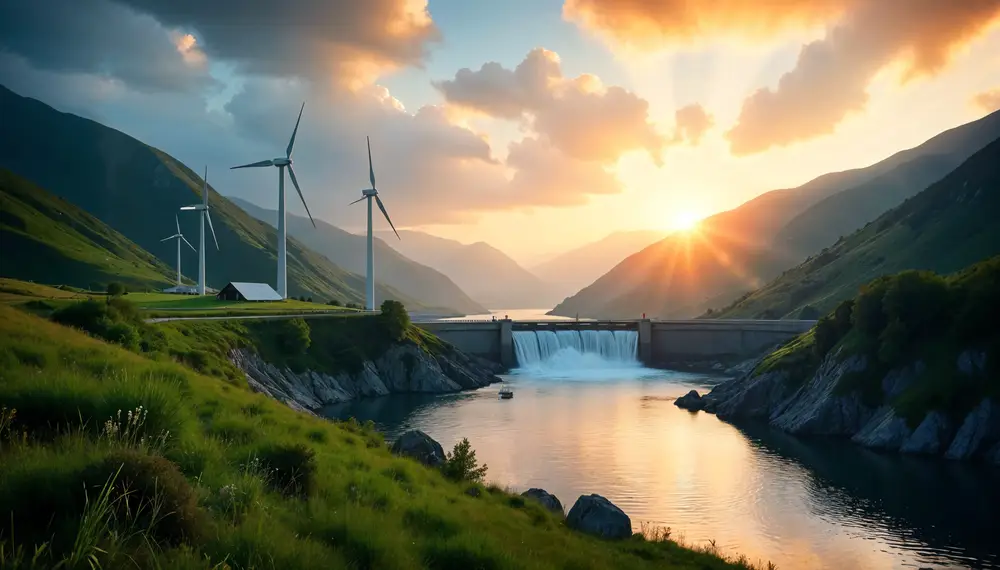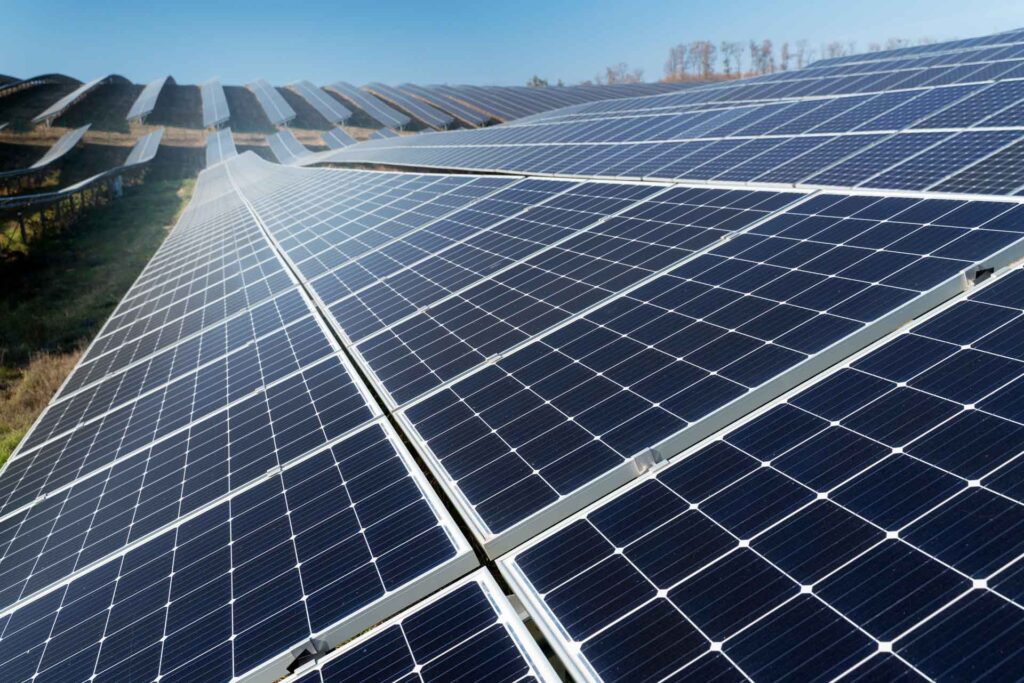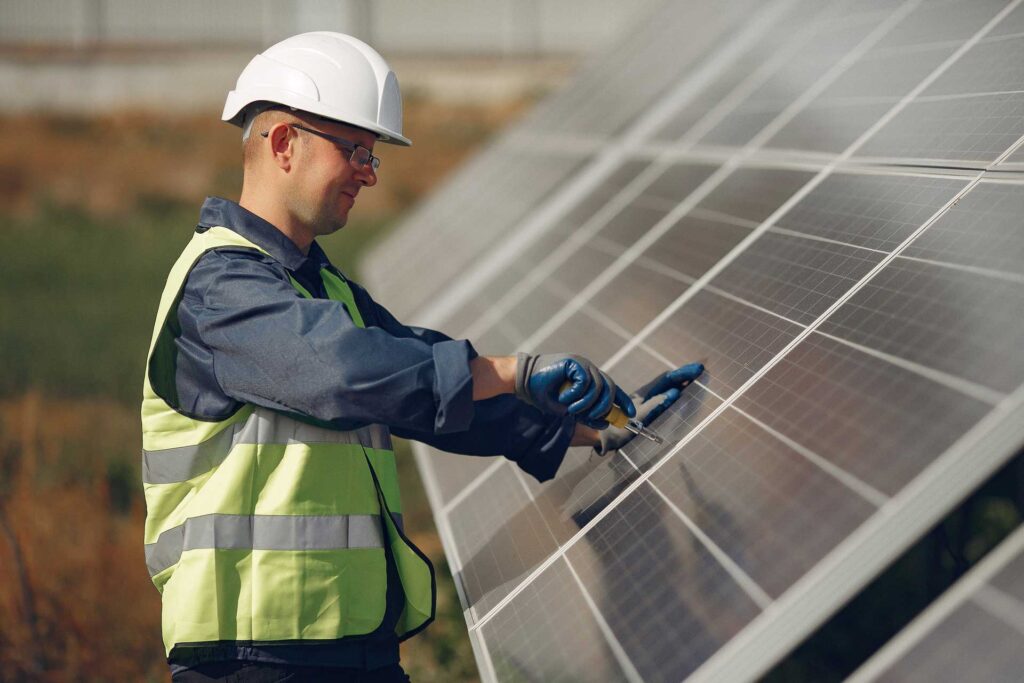In 2023, renewable energy sources powered 30% of the world’s electricity as reported by Ember. That’s a record-breaking number and a clear sign that we’re moving toward a more sustainable future. However, there’s still a lot of untapped potential waiting to be explored.
Have you ever wondered “What are renewable resources?” and “Why do they matter so much?” These are nature’s gifts that keep replenishing themselves. When harnessed wisely, they help us reduce waste and live more efficiently.
Here’s why this matters to you: as the world transitions to clean energy, we’re creating new opportunities – for innovation, for careers, and for a future where energy is both abundant and sustainable.
Ready to dive in? Let’s unpack the key to shaping a greener tomorrow and keep reading to learn more.
What Are Renewable Resources?
Renewable resources are natural resources that replenish themselves over time, such as:
- Sunlight
- Wind
- Water
- Organic materials
Unlike fossil fuels, they don’t run out if managed sustainably. They are key to protecting our planet.
These resources play a massive role in reducing environmental harm. By switching from fossil fuels to renewables, we cut down greenhouse gas emissions and preserve ecosystems for future generations.
Simply put, renewable resources are the backbone of a cleaner, greener future.
Types of Renewable Resources
Renewable resources are a movement toward sustainability. A 2024 WRI report found that countries increasing their use of renewables saw a stabilization of emissions over the last decade. By investing in cleaner technologies and addressing challenges like waste and infrastructure, renewables are shaping a brighter, more sustainable future.
The question isn’t if renewable resources can power the future — it’s how quickly we can make it happen.
Solar Energy
The science behind solar energy is simple but brilliant. Solar panels contain photovoltaic (PV) cells that absorb sunlight and convert it into electricity. When sunlight hits these cells, it excites electrons, creating an electric current.
Some advanced systems use concentrated solar power (CSP), which uses mirrors to focus sunlight and produce heat that powers turbines.
“With recycling technologies improving, environmental concerns are being tackled head-on.“
Solar energy is one of the cleanest and most accessible resources. It’s everywhere the sun shines. With the cost of solar panels dropping in recent years many individuals and organizations are harnessing the sun’s energy, including:
- Homes
- Businesses
- Schools
In 2023 alone, solar accounted for over 60% of new global power installations, according to Canary Media.
However, there are challenges. Manufacturing solar panels relies on rare materials, and improper disposal of old panels can harm the environment. But with recycling technologies improving, these concerns are being tackled head-on.
Wind Energy
Wind turbines turn wind into electricity by capturing kinetic energy. Their blades spin when the wind blows, powering a generator. It’s as simple as harnessing a natural breeze.
Offshore wind farms –built in oceans or lakes — are even more effective due to stronger, more consistent winds.
Wind energy has enormous potential. A single turbine can power over 1,500 homes in a year, according to EWEA. Wind farms, often spread across vast open spaces, help reduce reliance on coal and gas plants.
But it’s not all smooth sailing. Critics point to the visual impact of turbines on landscapes and their risk to bird populations. Thankfully, smarter designs and better placement strategies are reducing these concerns.
Wind is one of the fastest-growing energy sources, and experts from Energy.gov predict it could cover 35% of global electricity needs by 2050.
Hydropower
Hydropower taps into the energy of moving water. Water flowing through dams spins turbines to generate electricity. It’s one of the oldest and most efficient forms of renewable energy.
Hydropower plants can even store energy for later use, making them incredibly reliable during peak demand.
Aside from generating electricity, hydropower projects often double as water reservoirs, providing drinking water and supporting agriculture. However, building large dams can:
- Disrupt ecosystems
- Block fish migration
- Flood nearby habitats
Despite these challenges, hydropower remains vital. In 2020, it provided over 17% of the world’s electricity and is the largest source of renewable energy, as reported by IEA. Innovations in low-impact hydropower aim to make this resource even greener.
Geothermal Energy
Deep underground, the Earth is full of heat, and geothermal energy taps into it. Wells are drilled to access hot water or steam, which is used to power turbines or heat buildings directly. Enhanced Geothermal Systems (EGS) can even create heat sources in areas without natural geothermal reservoirs.
What makes geothermal energy special is its reliability. It isn’t weather-dependent, unlike solar or wind. It’s also incredibly clean, with a carbon footprint far smaller than coal or gas plants.
“Countries like Iceland are leading the way, producing 25% of their electricity from geothermal alone.“
That said, geothermal energy isn’t perfect. Drilling deep into the Earth can cause small earthquakes, and geothermal plants are usually location-specific, making them less accessible than other renewables.
Still, countries like Iceland are leading the way, producing 25% of their electricity from geothermal alone.
Biomass
Biomass turns organic materials into energy:
- Wood
- Agricultural waste
- Algae
Burning these materials produces heat or electricity, while some are converted into biofuels like ethanol and biodiesel.
Biomass stands out because it helps reduce waste. Instead of letting organic materials rot in landfills, we use them to create power. When managed responsibly, it’s carbon-neutral.
The plants used for biomass absorb carbon dioxide during their growth, balancing out what’s released during energy production.
Still, biomass has its downsides. Burning organic matter releases particles that can harm air quality if not carefully controlled. Plus, large-scale reliance on biomass can strain agriculture by diverting crops from food production to energy use.
But advancements in second-generation biofuels — made from non-food sources — are helping address these concerns.
The Energy Efficiency Footprint of Renewable Resources
Energy efficiency is all about getting the most power while using the least resources. In the context of renewables, it means creating electricity without the massive waste and pollution tied to fossil fuels. These resources convert natural forces directly into usable energy, skipping the energy-intensive processes fossil fuels require.
Because renewables don’t burn fuel, they have a much smaller carbon footprint. Fossil fuels release large amounts of carbon dioxide during combustion, while renewables don’t emit greenhouse gases during energy production.
For example, the U.S. Department of Energy reports that replacing coal with solar or wind energy can reduce carbon emissions by up to 80%.
To maximize efficiency, reducing energy waste is key. Technologies like smart grids and advanced storage systems ensure renewable energy is used wisely. Smart appliances and better home insulation help individuals conserve energy, creating a ripple effect of efficiency across communities.
The Environmental Impact of Renewable Resources
Renewables are a lifeline in the fight against climate change. By cutting back on fossil fuel use, they directly reduce greenhouse gas emissions. In 2023 alone, renewable energy prevented the release of 2 billion tons of CO2 globally, according to a study by the International Renewable Energy Agency (IRENA).
Beyond emissions, renewables protect ecosystems. Hydropower reservoirs double as habitats for aquatic species, and wind farms don’t pollute the air or soil. Solar installations on rooftops or in deserts make use of underutilized spaces without encroaching on wildlife.
“The growing industry of energy efficiency is a goldmine for green jobs.“
Of course, renewable projects must be designed responsibly. For example, placing wind farms away from bird migration routes and designing hydropower dams with fish-friendly passages are ways to minimize ecological harm. When balanced carefully, renewables can work hand-in-hand with nature.
The Future of Energy Efficiency and Green Jobs
The renewable energy sector is booming, and it’s not just about sustainability. New technologies are making renewables more efficient than ever.
Advanced batteries store solar and wind energy for use when the sun isn’t shining or the wind isn’t blowing. Floating solar farms and vertical wind turbines are examples of cutting-edge solutions transforming the industry.
This growing industry is also a goldmine for jobs. In 2023, the ILO reported over 16 million people were employed in the global renewable energy sector, with job growth expected to accelerate in the coming years. Careers in green energy range from hands-on roles like solar panel installation to research and development positions driving future breakthroughs.
Thinking about your next career step? Green jobs offer a chance to make a meaningful impact while building a stable future. Are you:
- An engineer
- A tech enthusiast
- Someone looking to break into the energy sector
There’s a place for you in this growing field.
Start Your Path to a Sustainable Future
What are renewable resources? They are the first step to shaping a cleaner, greener world — and there’s no better time to get involved.
These energy sources are helping us combat climate change and preserve our planet’s natural beauty. But their true potential lies in what they offer for our future: a thriving energy sector, bursting with opportunities to innovate and make a difference.
Are you ready to be part of this global transformation? By joining Energy Job Search, you can find your next role in the renewable energy revolution. Connect with like-minded professionals, explore career paths that truly matter, and contribute to solutions that will leave a lasting impact.
Take action today to build a greener planet for generations to come. Your journey to a sustainable future starts here — don’t wait to power up your career! Search for jobs today!










